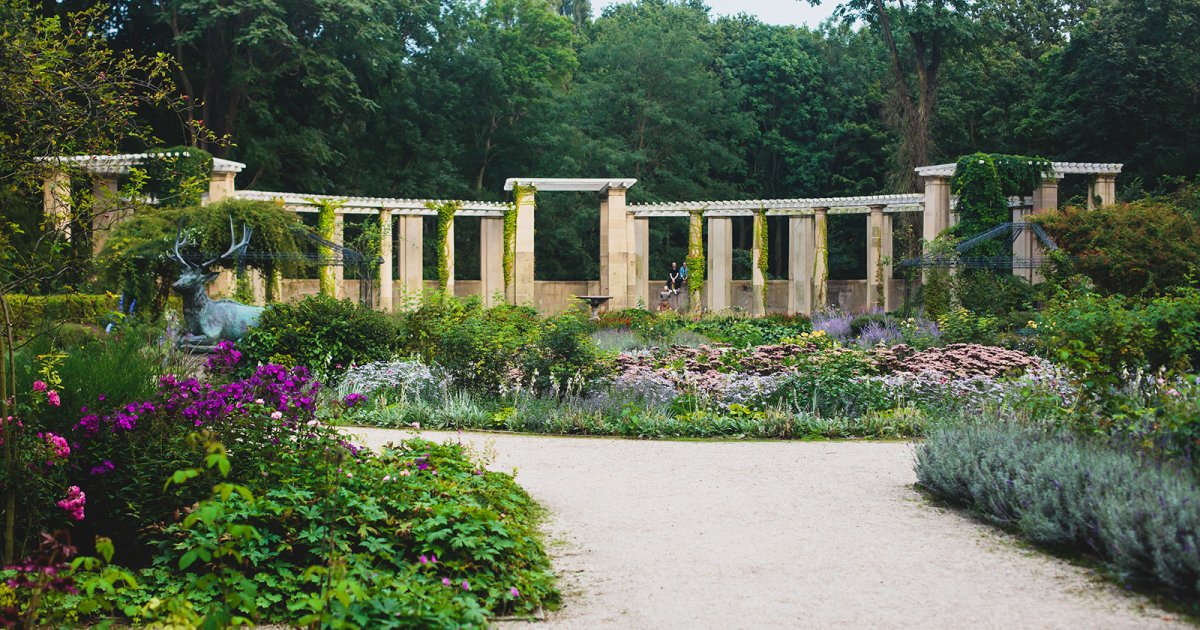TIERGARTEN, Tiergarten
 Language: English / USA
Language: English / USA
Hi, my name’s Rick, and I’m your personal guide. Along with MyWoWo, I’d like to welcome you to one of the Wonders of the World: the Tiergarten.
The Tiergarten is a huge park that acts as Berlin’s “green lung”.
Sandwiched between two waterways – the Spree to the north and the Landwehrkanal to the south - this area is today one of the largest urban parks in Germany, spread over 250 hectares and with over 25 km of paths.
The Tiergarten, or garden of the animals, was once a hunting reserve of the Prussian aristocracy. It was turned into a park at the beginning of the 19th century by the landscape architect Peter Joseph Lenné, who gave it a romantic style and embellished it with numerous statues.
There is just one main road running through the park, the Strasse des 17 Juni, widened by 27 meters – at some points by up to 50 meters – on the orders of Adolf Hitler, who wanted the park to be the heart of the city.
The Nazis were also responsible for building the large roundabout named Grosser Stern, or “large star”, at the point where the road intersects with three other roads.
In 1939, Hitler ordered that the famous Siegessäule be placed at the center of the roundabout. The 67-meter-tall Victory Column was designed by Johann Heinrich Strack in 1873 to celebrate Prussian successes in the wars against France, Denmark and Austria and had stood opposite the Reichstag until that time.
The Siegessäule, visible everywhere in the park and a symbol of Berlin, rises up from a broad square base topped by a colonnade of pillars. The entire exterior is decorated with reliefs recalling German battles and victories. At the top is a bronze winged statue of Victory by Friedrich Drake.
There are 285 steps inside the monument that will take you up to a platform where you can enjoy superb views of the park.
Let me leave you with an interesting fact: the Victory Column has become a meeting point and a symbol of Berlin’s LGBT (lesbian, gay, bisexual and transgender) community, and indeed the city’s most famous gay magazine is called “Siegessäule”.



